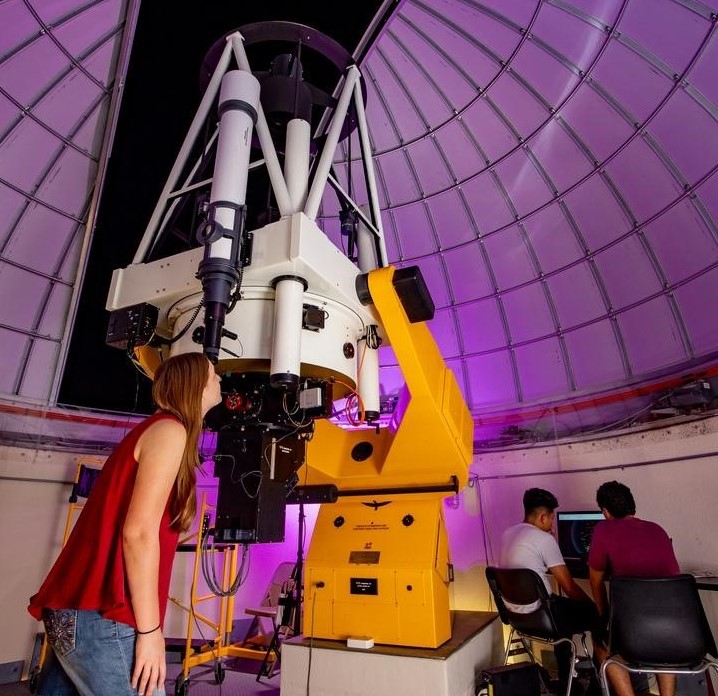Document Type
Article
Publication Title
The Astrophysical Journal
Abstract
We present a detailed study of the x-ray, optical, and radio emission from the jet, lobes, and core of the quasar PKS 2101−490 as revealed by new Chandra, Hubble Space Telescope (HST), and ATCA images. We extract the radio to x-ray spectral energy distributions from seven regions of the 13'' jet, and model the jet x-ray emission in terms of Doppler beamed inverse Compton scattering of the cosmic microwave background (IC/CMB) for a jet in a state of equipartition between particle and magnetic field energy densities. This model implies that the jet remains highly relativistic hundreds of kiloparsecs from the nucleus, with a bulk Lorentz factor Γ ~ 6 and magnetic field of the order of 30 μG. We detect an apparent radiative cooling break in the synchrotron spectrum of one of the jet knots, and are able to interpret this in terms of a standard one-zone continuous injection model, based on jet parameters derived from the IC/CMB model. However, we note apparent substructure in the bright optical knot in one of the HST bands. We confront the IC/CMB model with independent estimates of the jet power, and find that the IC/CMB model jet power is consistent with the independent estimates, provided that the minimum electron Lorentz factor γmin gsim 50, and the knots are significantly longer than the jet width, as implied by de-projection of the observed knot lengths.
DOI
10.1088/0004-637X/755/2/174
Publication Date
8-20-2012
Recommended Citation
Godfrey, Leith E.H. and Perlman, Eric S., "A Multi-Wavelength Study Of The Jet, Lobes, And Core Of The Quasar PKS 2101-490" (2012). Aerospace, Physics, and Space Science Faculty Publications. 380.
https://repository.fit.edu/apss_faculty/380


